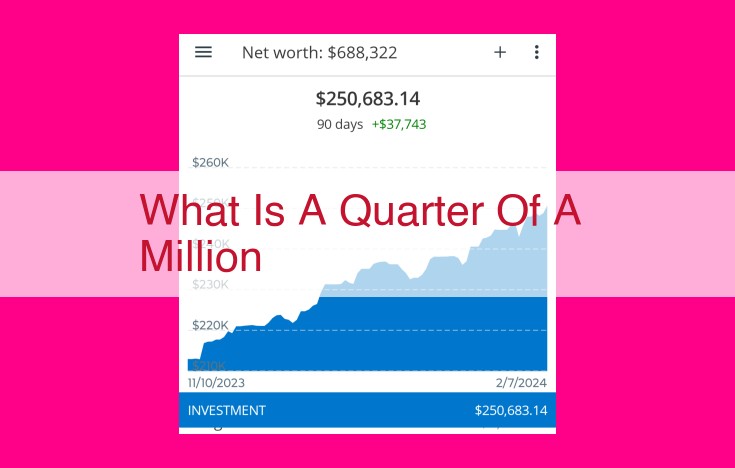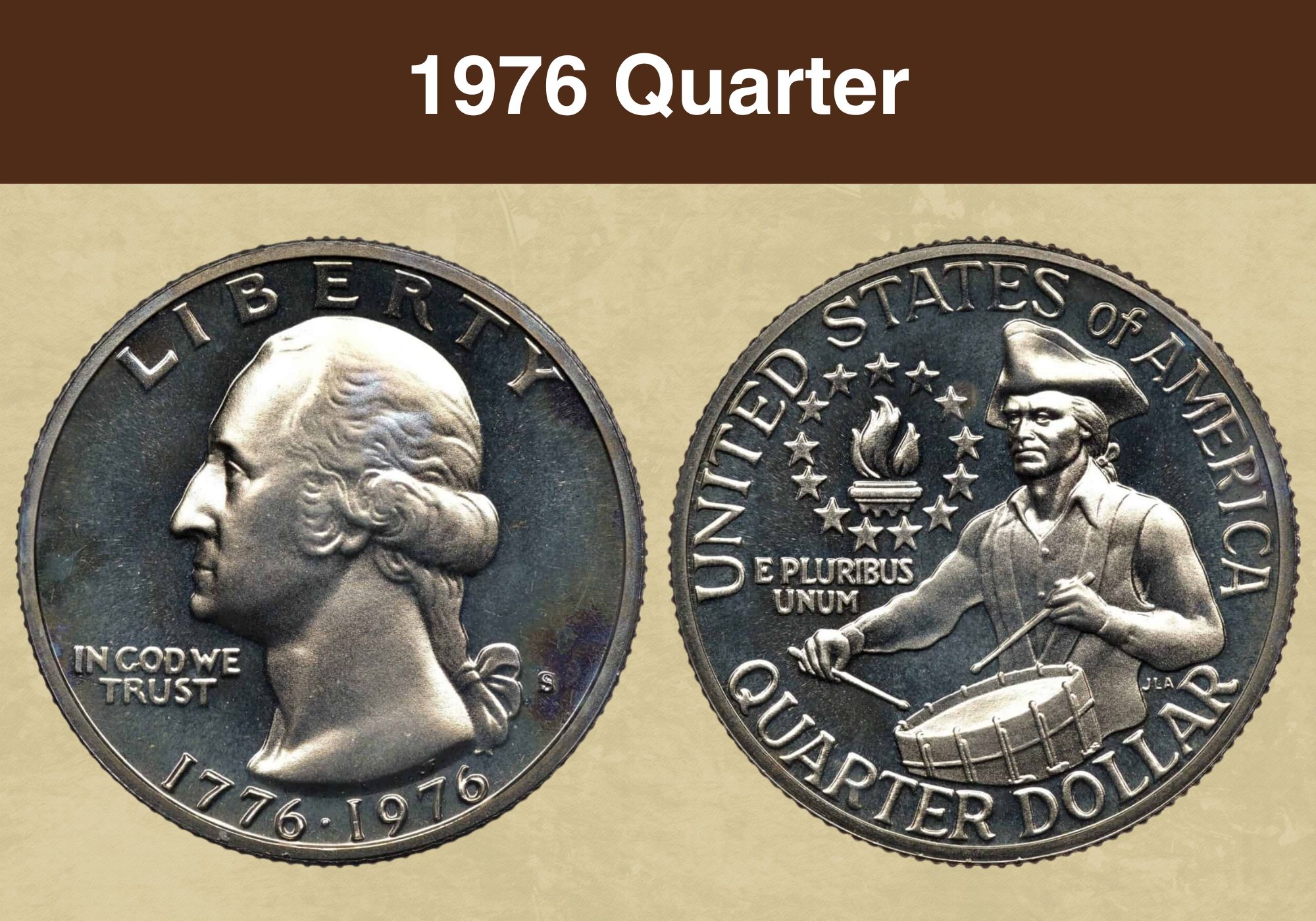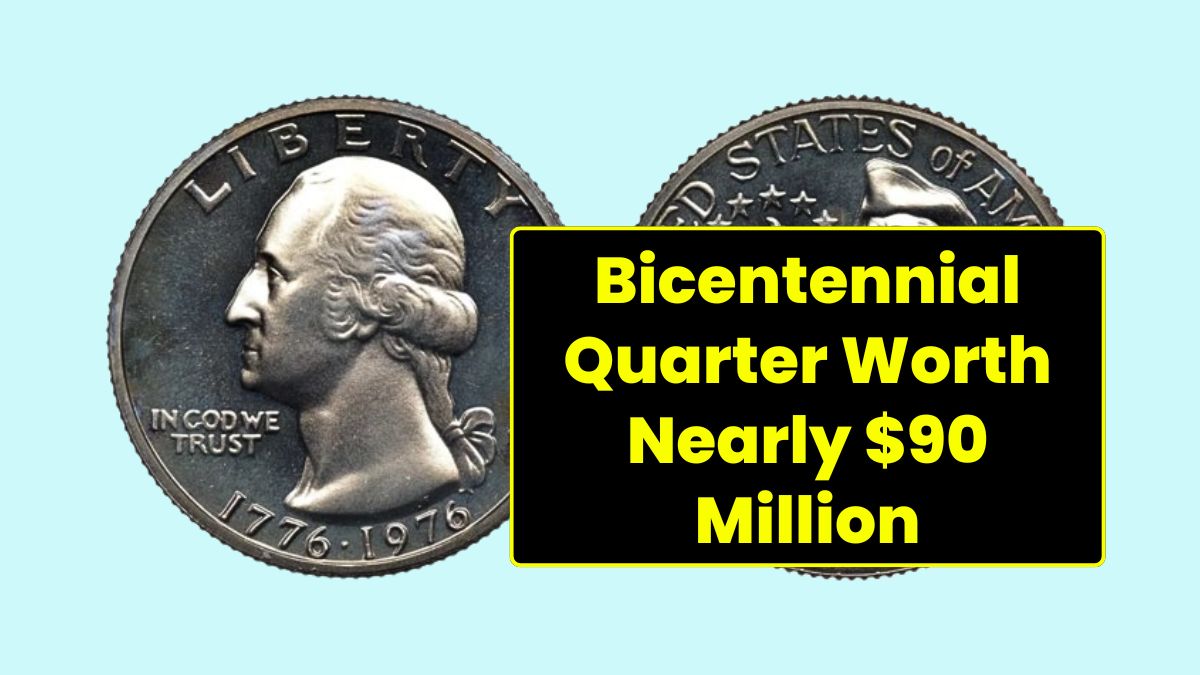What A Quarter Of A Million

Imagine a stadium filled to the brim, not with roaring fans, but with silent, invisible stories. Each seat represents a life, a family, a hope, and a hardship. Now, picture that stadium filling up, not once, but several times over. It's a scene that speaks volumes, a quiet yet powerful illustration of the immense scale of change we often overlook.
At its core, this article explores the impact of a quarter of a million, a number that represents more than just quantity. It symbolizes a profound shift in our understanding of community, resilience, and the quiet triumphs that reshape our world. This significant figure serves as a lens through which we can examine initiatives, transformations, and the individuals who drive meaningful change.
Understanding the Magnitude
A quarter of a million – 250,000 – is a number that often floats in the abstract. To truly grasp its meaning, we must ground it in concrete examples. Consider the scale of a city. Many vibrant urban centers boast populations around or even less than this number.
Visualizing it helps. Imagine stacking dollar bills; a pile of 250,000 would reach far above the average home. Or picture counting out individual grains of rice – a truly staggering task!
When Numbers Tell a Story
So, where does this specific number, 250,000, become significant? It's often attached to milestones, goals, and achievements across various sectors.
Think about vaccinations. Reaching 250,000 vaccinations within a community represents a major victory for public health, protecting a significant portion of the population from illness. It illustrates proactive measures in healthcare.
In the realm of education, 250,000 students benefiting from a specific program highlights the scale of its reach. This reflects opportunities for thousands of individuals, shaping future generations. It is a testament to dedication to nurturing young minds.
Consider 250,000 trees planted as part of a reforestation project. It represents a crucial step towards environmental restoration, breathing life back into degraded landscapes. It showcases a commitment to a sustainable planet.
The Ripple Effect
It’s not just the initial impact that matters. Reaching a quarter of a million often creates a ripple effect, extending its influence far beyond the immediate recipients. Each individual positively impacted becomes a potential catalyst for further change.
A student who receives a scholarship might be the first in their family to attend college, inspiring younger siblings and cousins to pursue higher education as well. This creates pathways for future generations.
A family supported by a housing initiative might gain the stability needed to start a business, contributing to the local economy and creating jobs for others in their community. This fosters economic growth from within.
Beyond the Statistics: The Human Element
Behind every statistic lies a story, a human experience that adds depth and meaning to the numbers. While 250,000 is impressive, it's essential to remember the individuals behind the data.
Consider Maria, a single mother who accessed job training through a program that reached thousands. Her newfound skills empowered her to secure a stable job, providing for her children and offering them a brighter future. Each name has their own journey.
Think of David, a veteran who received mental health support through a veterans' organization. He found solace and healing, allowing him to reintegrate into civilian life and contribute to his community. His story is a symbol of resilience.
These individual narratives highlight the transformative power of initiatives that reach a large scale, demonstrating the lasting impact on people's lives. It’s about creating opportunities, offering support, and fostering resilience.
Analyzing the Data: Sources and Verification
When examining claims related to large numbers, it's crucial to rely on credible sources. Official government reports, data from reputable non-profit organizations, and academic studies are invaluable resources.
For example, statistics on vaccination rates are generally tracked by health organizations like the World Health Organization (WHO) and national health ministries. Their data can be relied upon.
Information about educational program reach can often be found in annual reports published by universities and foundations. UNESCO's education reports provide a global perspective.
Environmental data, such as the number of trees planted, is typically monitored by environmental organizations like the United Nations Environment Programme (UNEP) and conservation groups. Their reports are valuable.
The Power of Collective Action
Reaching a quarter of a million people with a positive intervention often requires a collective effort, bringing together individuals, organizations, and communities to work towards a common goal. Collaboration is key.
Non-profits often partner with businesses and government agencies to expand their reach and amplify their impact. These partnerships create synergy. They also foster innovation and sustainability.
Volunteerism plays a crucial role, with countless individuals dedicating their time and skills to support initiatives that serve a large population. Volunteers are the backbone of many movements.
Lessons Learned and Future Directions
Examining successes and challenges in reaching 250,000 people provides valuable lessons for future endeavors. We can learn from what works and adapt our strategies accordingly. Continuous improvement is important.
Data-driven decision-making is essential, allowing us to identify areas where resources can be most effectively allocated. Analyzing data helps refine practices and processes.
Sustainability should be a core consideration, ensuring that interventions have a lasting impact beyond the initial project timeline. It’s about creating enduring solutions. Thinking long-term is essential.
The True Measure of Impact
In the end, the true measure of impact goes beyond mere numbers. It's about the qualitative changes in people's lives, the shifts in attitudes and behaviors, and the overall improvement in community well-being. The essence is quality over quantity.
It's about the confidence instilled in a young person who gains access to education, the hope ignited in a family that receives housing support, and the sense of belonging fostered in a community that comes together to address its challenges. These are the real victories.
Reaching a quarter of a million is a milestone worth celebrating, a testament to the power of collective action and the enduring human spirit. But, more than that, it is a reminder that every single individual matters, and that even the smallest actions can contribute to a brighter future for all.







![What A Quarter Of A Million How Much Is a Quarter of a Million Dollars? [Comprehensive Answer]](https://images.pexels.com/photos/3531895/pexels-photo-3531895.jpeg?auto=compress&cs=tinysrgb&w=1200)










